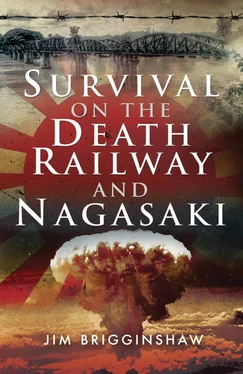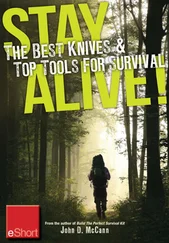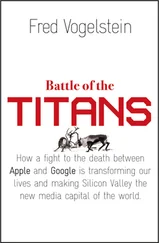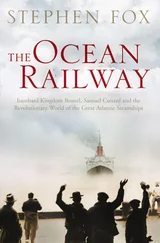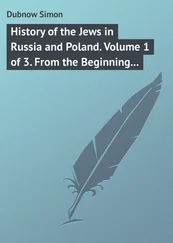It was June 1942, and the prisoners who’d landed at the river mouth were exhausted and dehydrated from starvation and the privations of the terrible voyage. Nonetheless, they were forced to undertake the long march to Mergui. Many collapsed on the way, and were left where they fell. Surprisingly, these men later turned up at Mergui. The Japanese, in a rare display of compassion, had allowed them to rest and resume the march when they had recovered sufficiently.
At Mergui, work parties were formed. Some were allotted to the aerodrome, some to road-making, and others to the waterfront to unload the small boats and barges bringing supplies from larger ships anchored downstream.
A particularly distasteful job for the aerodrome workers was knapping, cracking huge chunks of blue metal into small pieces to be laid on the runways. This was done with a three-pound hammer. The constant pounding of hammer on stone left the men’s arms aching badly. It was dangerous, too. Flying chips of blue metal dug into bare flesh and brought a constant fear of being blinded.
Hundreds of Burmese civilians worked alongside the prisoners. They had a way of showing their disapproval when the Japanese demanded more effort. Using their hammers in perfect unison, they’d set up a rhythmic beat that sounded as if work was going on, though not one scrap of blue metal was being cracked. When the beat lost its rhythm, the protest was over.
The Australian prisoners tried to copy it, but they could never match the perfect timing of the natives.
Alongside Bodero at the stone-knapping one day, the big South Australian Bill Finch managed to annoy a Japanese guard. The guard, who was short and plump, stretched up on tiptoes as he swung a soft drink bottle at Finch, who towered above him. The height discrepancy meant the bottle missed by some distance. The guard, realising that Finch’s head was out of reach, kicked him in the shins. The lanky Australian yelped, bent over and rubbed his sore leg. Now more accessible, Finch’s head copped a hit with the bottle.
When he saw that there wasn’t much damage, Jim couldn’t help laughing at the pantomime.
‘What’s so bloody funny?’ Finch howled, rubbing both his head and his shin.
‘I’ve heard of big blokes being cut down to size’, Bodero said, ‘but that’s the first time I’ve seen it happen.’
While everybody tried to avoid the stone-knapping job, work on the waterfront was eagerly sought. There was always the chance of finding some tinned food or dried fish among the cargo, not to mention the chance of sabotaging the Japanese war effort.
Those who were unloading bitumen for the airfield managed the latter. Required to roll the large drums from a barge onto the wharf, they’d wait until a gap opened up between the barge and the wharf, and when it did, they’d roll the drum and it would disappear into the river. This always brought a bashing from the guards, but the prisoners regarded that as a small price to pay.
Bags of cement and lime were the least popular cargo to unload, as the dust caked the men’s sweaty bodies and stung their eyes. However, the bags presented an ideal place to hide any food the prisoners were able to get hold of.
One day, they had a few tins of scrounged salmon hidden among the bags that a crane was unloading onto the wharf from a small launch when the combined weight of the crane and its load tilted the launch. As it leaned over, the Australian crane driver swung the loaded sling into its mast. The launch turned turtle and sank, disappearing into the muddy water and taking with it the crane, the cargo of cement and lime, the men in the unloading party and, worst of all, the tins of salmon hidden among the bags.
After a while, a few bubbles appeared, and then assorted heads broke the surface. Even losing pilfered food was considered acceptable if it meant that an exercise in sabotage had been successful.
Anything obtained on the wharves was smuggled back into camp by a variety of means. Hiding it under a slouch hat fell out of favour when the Japanese started hitting prisoners over the head to see if their hat contained anything. Secreting goods in the crotch of one’s trousers could be painful, and there was always the danger that the funny walk would alert the guards. Armpits were sometimes used, but because few prisoners had a shirt to provide cover, this method had to be abandoned. Still, scroungers never stopped dreaming up new ways of hiding things.
The pilfered food allayed some of the hunger, but continuing starvation, disease and exhaustion were taking their toll. The bodies of those who died were taken to the local cemetery in a Burmese ‘boong’ cart dragged by fellow prisoners, who also dug the graves and performed the last rites.
The cemetery wasn’t overlooked in the ongoing efforts to scrounge something to eat. The prisoners took rice, eggs, fruit, rice cakes and dried fish from Burmese graves that had been adorned with joss sticks and flowers to sustain the departed Burmese on their last journey to paradise. Rather than serving as a tribute to the dead, the food played a far more practical role in keeping Australian prisoners alive. The Burmese knew it was happening, but once they had carried out their obligations to their departed, they accepted the disappearance of food from the graves.
The Burmese had no love for the Japanese, even though at first they had welcomed them and their Greater East Asian Co-prosperity Scheme, touted as being for the benefit of all Asiatics under the protection and guidance of the Divine Emperor.
When that prospect turned sour, the people of Burma began to wish for the return of the British, even though they had no reason to love them either.
Food was scarce at Mergui, but shelter was adequate. The prisoners lived in solid wooden buildings that had been used as barracks by the British. Around these was a high wooden paling fence the Japanese thought would keep the prisoners confined, but they were mistaken. The men were getting out as regularly as they had in Changi. However, there was no wire to crawl under here. The way out was by latrine trench.
Dug in a corner of the compound, the long, deep trench had numerous logs across it, placed close together so the prisoners could squat over them. At one end of the trench, the men had built a narrow hidden platform just above the bottom of the trench. From here, a tunnel had been dug that ran under the fence and emerged in the dense jungle outside.
The latrine stank, and was crawling with flies and maggots. The Japanese wouldn’t go near it, and that left the prisoners free to use the tunnel to come and go as they liked.
Outside the camp, Jim Bodero met a Burmese doctor, his wife and two young daughters. They took him into their house, gave him a meal, and as he ate, one of the daughters, a talented violinist, played for him. Being treated like a civilised person hadn’t happened for so long that he had almost forgotten what it was like.
The friendship was brief, however, brought to an end when the Japanese caught a party of foragers outside the prison and found the tunnel. The men were given a summary trial and sentenced to death for trying to escape.
The Australian officers pleaded that they were not trying to escape, but merely looking for food, although the Japanese refused to reconsider, and said the sentence would stand.
A week later, the aerodrome work party saw a truck go past carrying the condemned prisoners. The men were all singing. As they passed, their mates saluted them. At the perimeter of the aerodrome landing area, not far from the work party, the truck stopped. The Japanese mounted their machine guns while the prisoners dug their own graves.
The work party watched in horror as the machine guns opened up.
Soon afterwards, a car arrived. In it was a Japanese officer and the Australians’ camp medical officer, Colonel Tom Hamilton, who had to certify that the execution had taken place.
Читать дальше
